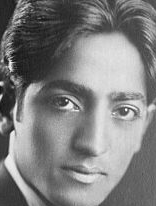
Second Mondays of every other month I devote to my writing workshop students and anyone else interested in creative writing. Welcome!
> For the archive of workshop posts click here.
Please note: The end of March 2022 marks the 16th anniversary of this blog, after which point, until further notice, I will be posting approximately two Mondays a month. The posts on Texas Books, the writing workshop, my own work, and a Q & A with another writer, will continue, each posting every other month and, as ever, when there is a fifth Monday in a given month, that’s for the newsletter.
To me thoughts are things. They have shapes, colors, and movement, and they can morph, and even emit sounds and flavors in unique and sometimes quite fascinating ways. This is perhaps strange to say, but it is not original on my part. Annie Besant and C.W. Leadbeater wrote about this in a little illustrated book, now over a century old, entitled Thought-forms. When I saw the illustrations of various thoughts as Besant and Leadbeater had perceived them on the astral plane, I recognized them instantly. Perhaps you will, too.
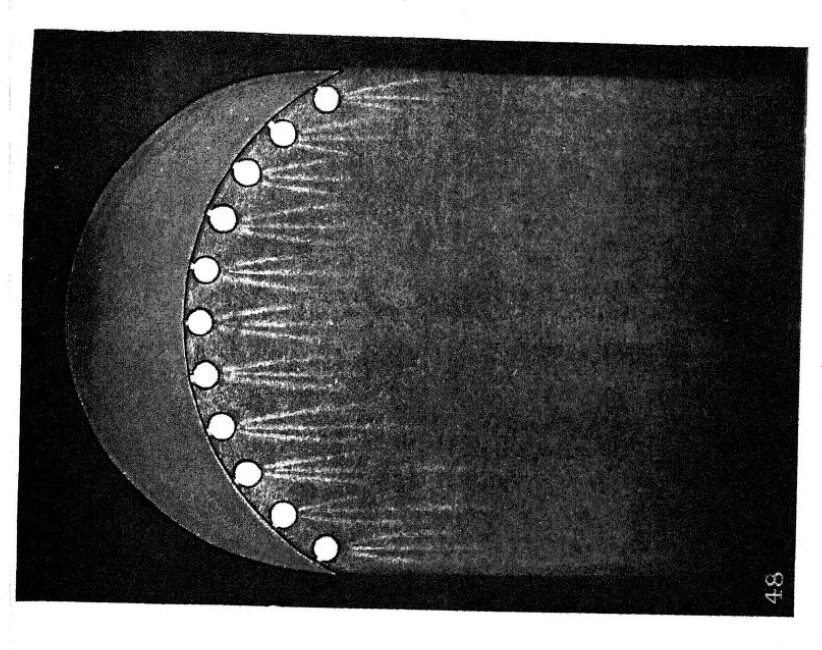
(Screenshot from the archive.org edition of Besant and Leadbeater’s Thought-forms.)
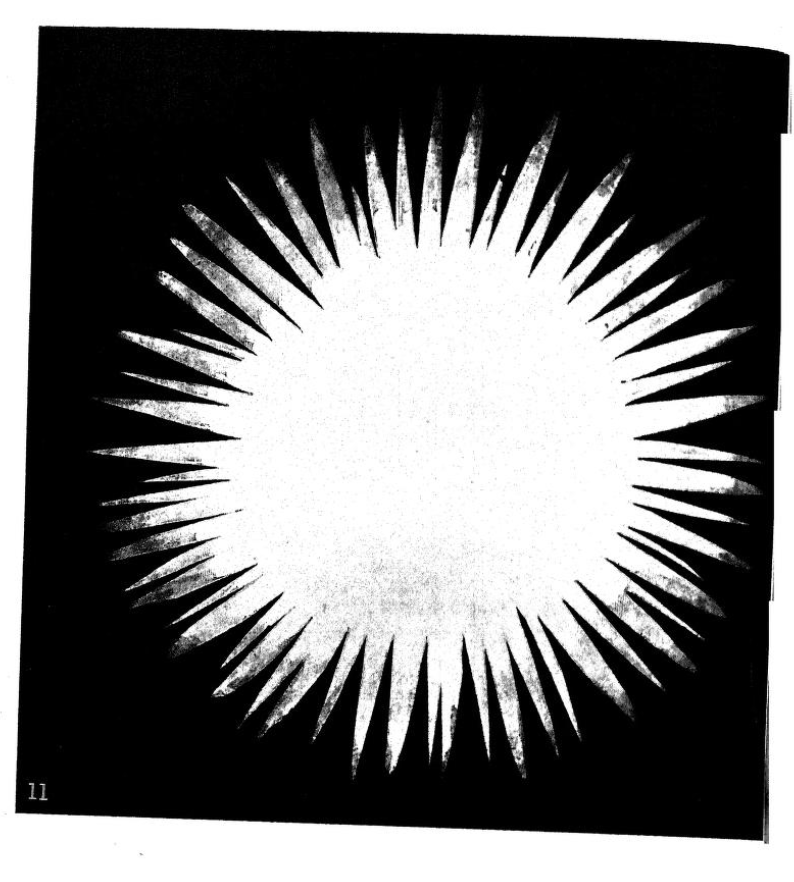
(Screenshot from the archive.org edition of Besant and Leadbeater’s Thought-forms)
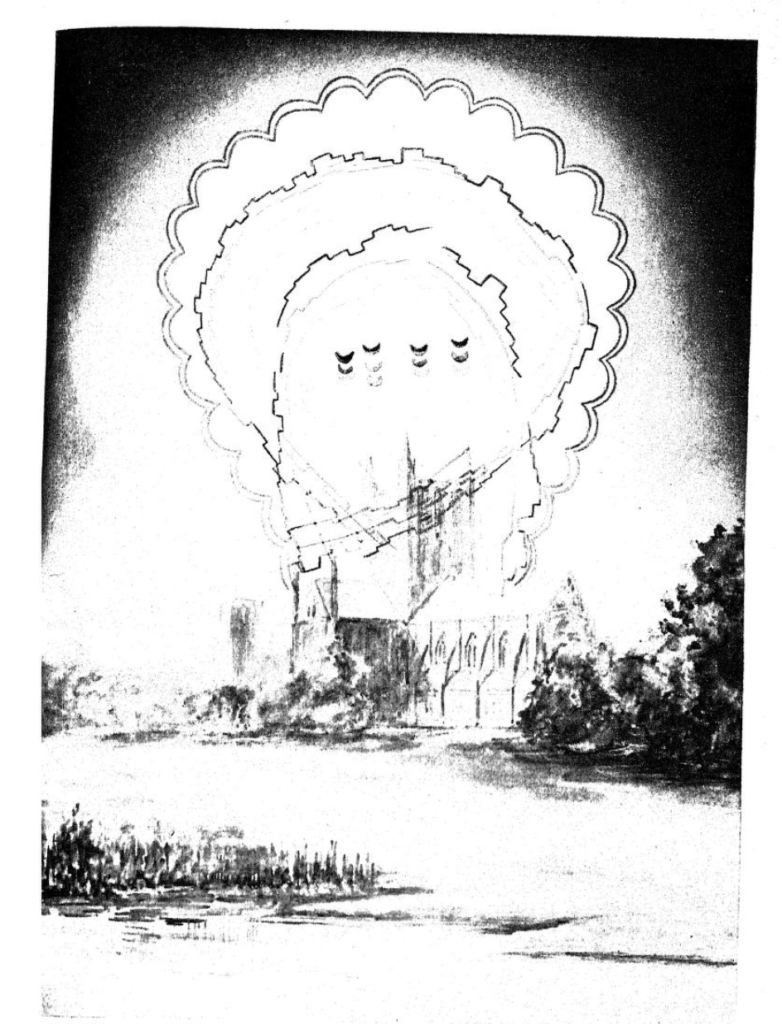
(Screenshot from the archive.org edition of Besant and Leadbeater’s Thought-forms)
For me, as a literary artist (I write poetry, fiction and creative nonfiction), creativity is all about thoughts, corralling, arranging, refining them. And when thoughts appear in my mind that I would describe as shapeless, colorless, silent, still— or moving only in tight, repetitive fashion— the writing has about as much life as a robotic owl in quicksand. On the other hand, when my thoughts have a more fluid, dance-like quality, and shapes and colors that arrange themselves into some form of beauty, the writing is so much easier and fun. (Beauty, by the way, is not necessarily all sweetness, light, rainbows & Kumbaya; there can be intense beauty— and artistic power— in what the poet Federico García Lorca termed duende.)
How to nurture more beautiful and interesting thoughts in service of creative writing? A few reflections:
Firstly, music helps, for thoughts tend to entrain to and emerge from music. In my personal experience, there is no music more nurturing for creativity than Ludwig van Beethoven’s Ninth Symphony in D Minor.
Do yourself a favor, grab an hour and twenty minutes, and just listen:
Secondly, when it comes to what I read, I find it helpful, on occasion, to give my ego a metaphorical cookie break. My ego sees Yours Truly as the sort of highly cultured and discerning person who reads Willa Cather novels. Well, after having read My Ántonia, O Pioneers! The Professor’s House, Death Comes for the Archbishop, and most recently, Shadows on the Rock, I pronounce Willa Cather one of the greatest literary artists who ever lived! Reading Cather’s novels has been a wondrous and luxurious experience, and invaluable inspiration for me as a writer. For my ego, a pat on the head and a chocolate cookie!
But hey now, how about that kooky Californian, P. K. Dick? Nobody I hang out with reads Dick. Sci-fi from the 60s?! my ego would have sneered, had it not been off nibbling its cookie. Just as soon as I finished Cather’s exquisite novel of old Quebec, Shadows on the Rock, I grabbed a copy of Dick’s Do Androids Dream of Electric Sheep? and, zowie! quadruple-charged my batteries.
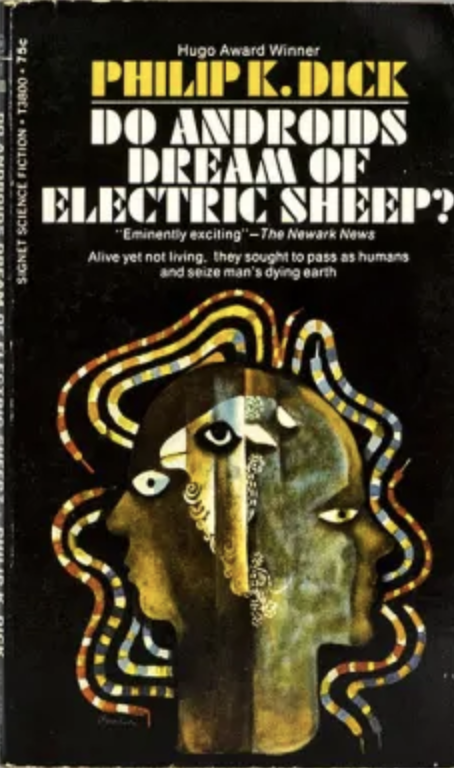
Best consumed with a large box of hot tamale candies.
(And now I see Mr. Dick sprawled barefoot on the cabbage-roses sofa in Miss Cather’s New York living room, scribbling something mega-duende about a robotic owl in quicksand. “Edith,” she trills, “did you let this person in?”)
Thirdly, I find it useful to rethink the concept of “vacation.” Do I want a status-enhancing signaling opportunity with trophy-photos? Or do I actually want a change of scene / rest / adventure that recharges my creativity? These are not necessarily, nor even probably, same thing. In my experience, the vacations that best nurture my creativity tend to illicit confusion, even disdain, in other people. (Which is so interesting!)
Fourthly, I take long, meditative daily walks, leaving the smartphone at home. When I don’t take walks, I find that thoughts slow and take on a greyish tinge.
Fifthly, laughter, not the fake social stuff, but any genuine confetti burst of it, dislodges creative bottlenecks. There are many different types of humor, but people who lack a sense of one altogether or, infinitely worse, who straight-jacket the God-given one they do have, can be dangerous to themselves and others, including children, helpless elders, and pets.
This is easy to evaluate: check their Twitter. If they lack a Twitter, I assign them a flashing turquoise brownie point on the jumbotron in my mind, and in such case, this meme makes for an excellent litmus test:

More anon.
I welcome your courteous comments which, should you feel so moved, you can email to me here.

Donald M. Rattner’s My Creative Space
They Beat Their Horses with Rocks
(And Other Means of Energizing Transport in the Permian Basin of 1858)
Q & A with Biographer David O. Stewart
on the Stunning Fact of George Washington



